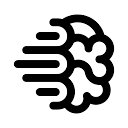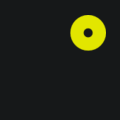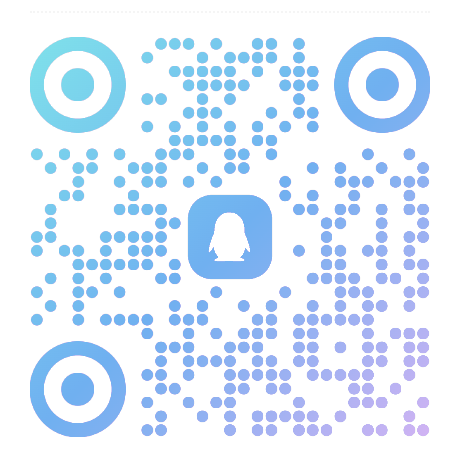如何学习用AI作图
1. 理解基本概念
AI作图的基本原理
AI作图主要通过深度学习和图像处理技术来实现。它利用大量的训练数据,通过神经网络模型对图像进行分类、理解、分割和合成。
主要技术
- 卷积神经网络(CNN):用于图像特征提取。
- 循环神经网络(RNN):用于序列数据处理。
- 长短期记忆网络(LSTM):结合了双向RNN的优点,适用于时间序列数据。
- 注意力机制:提高模型在复杂场景下的表现能力。
2. 学习环境搭建
安装必要的软件
- Python:作为开发语言。
- TensorFlow/Keras:深度学习框架。
- PyTorch:另一个流行的深度学习框架。
- OpenCV:图像处理库。
- Matplotlib:可视化工具。
创建项目目录
mkdir ai_artificial_image_generation
cd ai_artificial_image_generation
3. 数据集准备
下载或创建数据集
- CIFAR-10:一个常用的图像分类数据集。
- MNIST:另一种简单的手写数字识别数据集。
数据预处理
python
import tensorflow as tf
from tensorflow.keras.datasets import cifar10, mnist
from tensorflow.keras.preprocessing.image import ImageDataGenerator
(train_images, train_labels), (test_images, test_labels) = cifar10.load_data()
train_images, test_images = train_images / 255.0, test_images / 255.0
datagen = ImageDataGenerator(
rotation_range=20,
width_shift_range=0.2,
height_shift_range=0.2,
horizontal_flip=True,
zoom_range=0.2
)
train_images = datagen.flow(train_images, train_labels, batch_size=64)
test_images = datagen.flow(test_images, test_labels, batch_size=64)
4. 构建模型
使用Keras构建模型
python
model = tf.keras.models.Sequential([
tf.keras.layers.Conv2D(32, (3, 3), activation='relu', input_shape=(32, 32, 3)),
tf.keras.layers.MaxPooling2D((2, 2)),
tf.keras.layers.Conv2D(64, (3, 3), activation='relu'),
tf.keras.layers.MaxPooling2D((2, 2)),
tf.keras.layers.Flatten(),
tf.keras.layers.Dense(64, activation='relu'),
tf.keras.layers.Dense(10, activation='softmax')
])
model.compile(optimizer='adam',
loss='sparse_categorical_crossentropy',
metrics=['accuracy'])
5. 训练模型
python
history = model.fit(train_images, train_labels, epochs=10, validation_data=(test_images, test_labels))
6. 验证模型
python
test_loss, test_acc = model.evaluate(test_images, test_labels)
print(f'Test accuracy: {test_acc}')
7. 应用模型
生成新图像
python
import numpy as np
import matplotlib.pyplot as plt
def generate_image(model):
选择一个随机类别
class_idx = np.random.randint(10)
class_name = CIFAR10.class_names[class_idx]
生成一个新的图像
image = np.zeros((32, 32, 3))
image[16:20, 16:20] = np.random.rand(4, 4)
将图像转换为张量并归一化
image = tf.expand_dims(image, axis=0)
image = tf.image.resize(image, (32, 32))
image = image / 255.0
进行预测
predictions = model.predict(image)
predicted_class_idx = np.argmax(predictions)
predicted_class_name = CIFAR10.class_names[predicted_class_idx]
return image, predicted_class_name
image, predicted_class_name = generate_image(model)
plt.imshow(np.squeeze(image))
plt.title(f'Generated Image: {predicted_class_name}')
plt.axis('off')
plt.show()
8. 调整参数和优化器
根据需要调整模型结构、超参数和优化器,以提高模型性能。
总结
通过以上步骤,你可以使用AI技术进行图像创作。随着技术的进步,AI作图将越来越广泛应用于艺术、教育、医疗等多个领域。
©️版权声明:本站所有资源均收集于网络,只做学习和交流使用,版权归原作者所有。若您需要使用非免费的软件或服务,请购买正版授权并合法使用。本站发布的内容若侵犯到您的权益,请联系站长删除,我们将及时处理。










 鄂公网安备42018502008073号
鄂公网安备42018502008073号